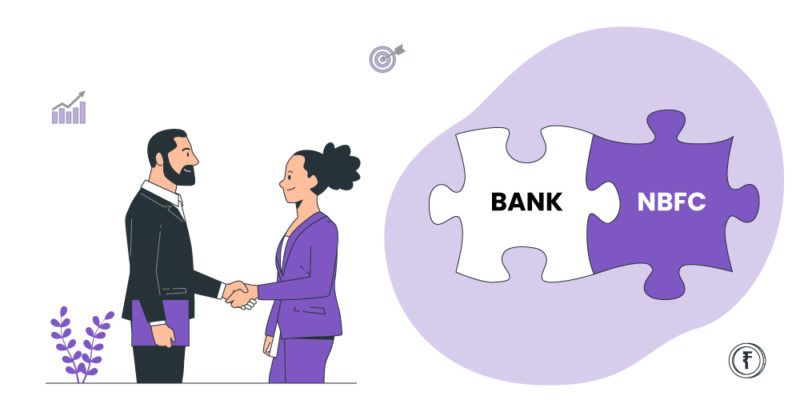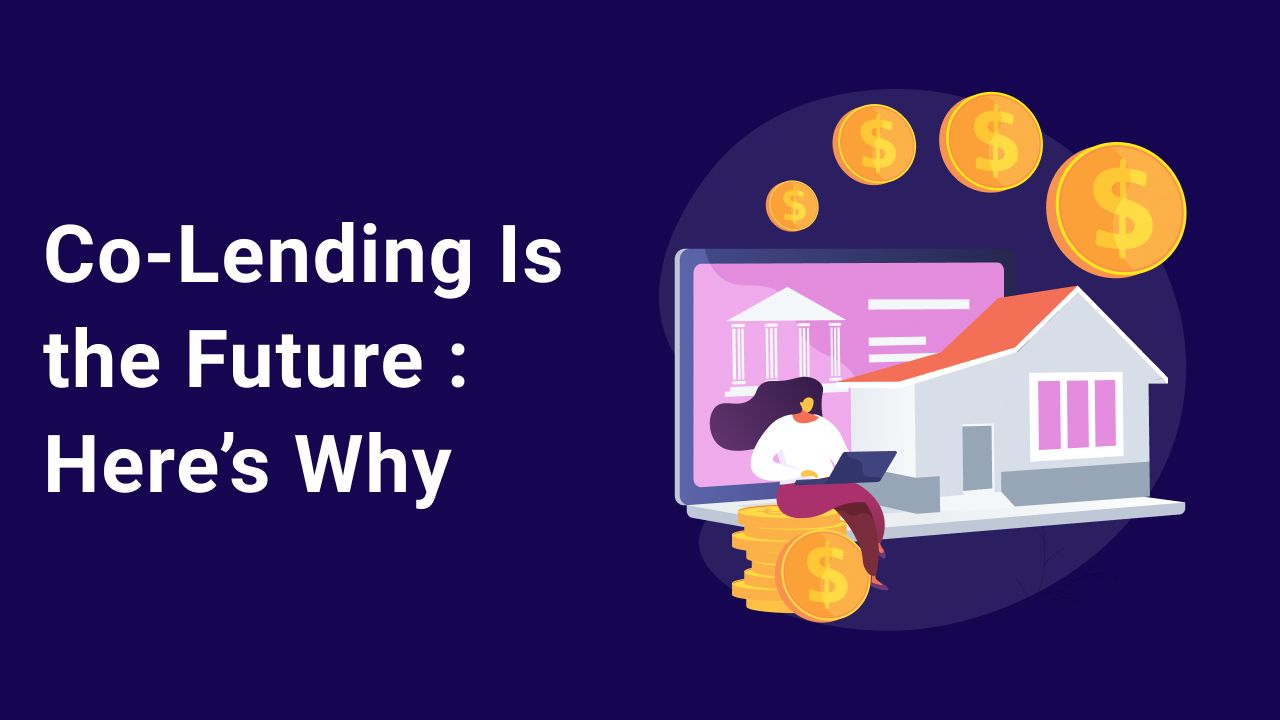Over the past couple of years, the global lending industry has changed dramatically.
With more lenders entering the market & a wider consumer base having access to equitable financial instruments, the future of global lending will truly be different from how we know it. Among the many concepts, leading organizations are experimenting with, one which stands out the most is co lending.
However, what does co lending mean & how far is its reach to redefine lending as we know it today. That is exactly what we will be understanding in today’s blog post.
Thus without further ado, let’s get started.
What Is Co Lending?
One of the first & most important aspects we need to understand is the actual meaning of the term co-lending.
In layman terminology, co lending can be defined as a setup or an agreement between two or more financial institutions to share the risks & rewards of extending a loan to a customer.
Most commonly found in consumer loans, the arrangement generally involves a financial institution such as a bank forming a partnership with a non banking financial institution to jointly disburse a loan to a customer & thereby share the risk & reward associated with it.
In a majority of cases, the risk & reward is split in an 80-20 ratio wherein the NBFCs assumes 80% of the risk by doing the heavy lifting such as loan origination & paperwork, whereas the bank assumes 20% of the risk by underwriting the loan amount.
One of the best aspects of this entire arrangement lies in the fact that this agreement strengthens the shortcomings of both the stakeholders & forwards their common goal of financial inclusion. In regard to the same, the RBI (Reserve Bank of India) has recently introduced a framework wherein NBFCs & banks can jointly form a partnership to lend money to the priority sector.
Features of Co-lending
Now that you are familiar with the essence of co lending as a model to potentially bridge the financial inclusion gap among consumers, shared below are some of the most significant features of this partnership.
Information Sharing
Although today, a majority of lenders are making headway in lending to a larger number of unbanked & underbanked consumers, yet most of them operate in isolation to each other.
As lending, in general, is a heavily competitive industry & it inherently lacks a framework to share information between peers, lenders most often try to target customer segments & their particular needs based on guesswork, which severely undermines the potential of the entire industry.
On the other hand, in a co lending environment, lenders can seamlessly agree to an information-sharing model & thus securely exchange information amongst each other, & as a result, empower each other to both identify as well as assess borrower needs accurately.
Cloud-Native Deployment
In contrast to a few years earlier, when lending was primarily an offline & paper based process, the cloud-native financial technology of today empowers lenders to seamlessly establish partnerships online & find synergy in appropriately meeting customer requirements.
For instance, today, there are several cloud-native loan management systems available which arrive out of the box with a co lending module. All the lender needs to do is subscribe to this & they can seamlessly disburse loans to the end customer in partnership with one or more stakeholders.
Comprehensive & Realtime
While the concept of co lending is an exciting prospect from every angle, one challenge which most industry experts regularly point out is the hassle of accounting & bookkeeping, as in contrast to traditional lending in this scenario, there are two or more lenders who are jointly servicing the loan.
To address this concern, these days a few cloud-native loan management solutions arrive inbuilt with comprehensive accounting & real time reporting engines.

At their essence, since these systems integrate with the backend architecture of both lenders, they are able to seamlessly extract information & update the ledger in real-time. Additionally, by leveraging an advanced catalogue of APIs, these loan management systems further simplify the process of report generation, streamlining the operations & compliance requirements of both the lenders.
Digitization & Automation
Last but not the least, one pertinent challenge with the lending operations of today is the fact that they share an increased dependency on manual processes & human interventions.
However, as I pointed out right at the beginning of the article, co lending can be best facilitated with a partnership which is enabled by advanced financial technology, of which automation & digitization are crucial elements. Thus, as a given, once lenders adopt a co lending model, they will be able to aptly harness the power of automation & digitization, both of which are proven to increase efficiency & revenue in the long run.
Why Co Lending Is the Future?
As a per recent report by Statista, more than 62.5 billion across the world now have consistent access to steady internet connectivity, out of which 75% access it through their smartphones.
A consistent rise in internet & smartphone penetration on a global scale is a great indicator & predictor of how the digital lending industry is set to prosper & this is evident in the recent market forecast reported shared by Research & Markets, which predicts that digital lending is growing at a CAGR of 20.3%.
However, while this is great news in itself, one shortcoming of the existing loan servicing model currently followed by lenders is that they are too costly for one party to bear, thus essentially capping its scale.
On the other hand, co-lending inherently arrives with a partnership which reduces the capital & servicing cost for both stakeholders making the entire process cheaper.
Along with this, co-lending is a proven model which is known to
- Improve access to funds for both lenders & borrowers
- Lowers the overall cost of loans
- Consistently increase depositors
- Promotes a steady growth in the lender’s portfolio
- Decreases loan origination & turnaround time by a significant degree
And thus, it is my belief that co lending is the future.
Thank you for reading & I will see you in the next one.

